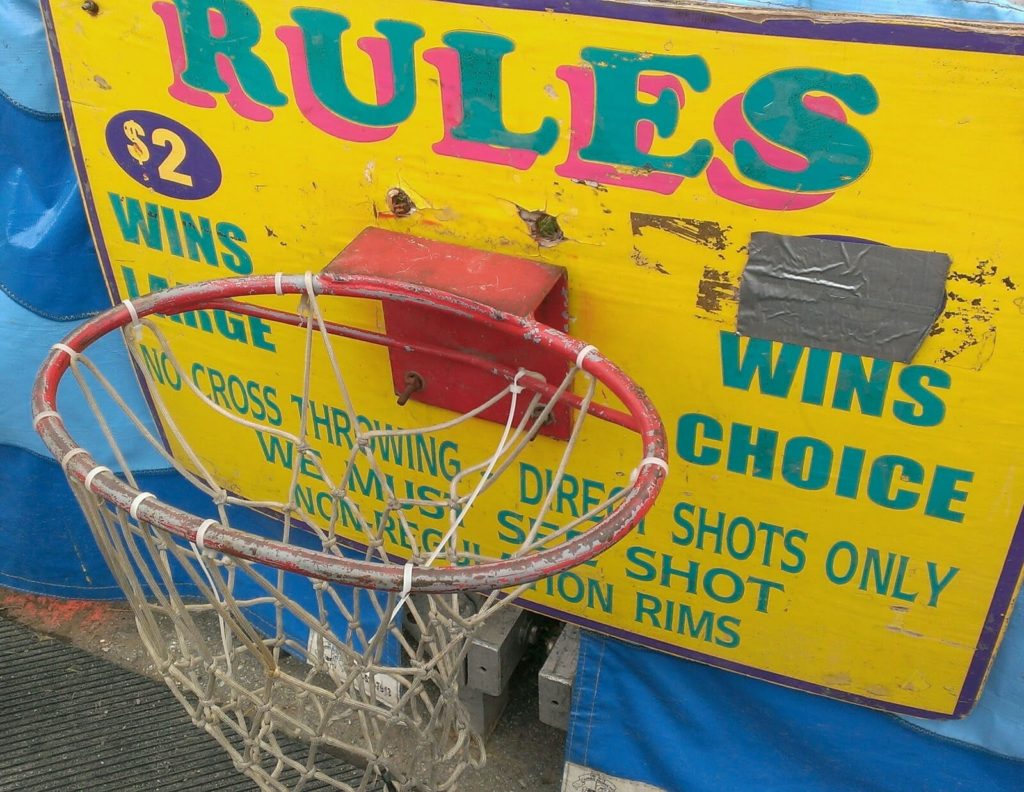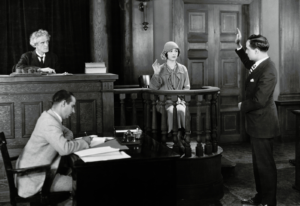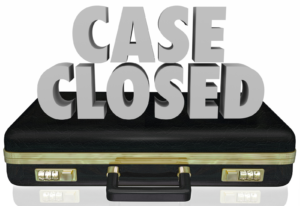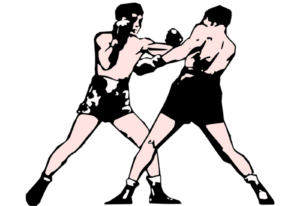March Madness and The Litigation Journey
March Madness. The Sweet Sixteen. The Elite Eight. The Final Four. All of these taglines refer to the NCAA College Men’s Basketball tournament, played in March, that sees a field of 64 teams whittled down to one final game to determine the winner, the National Champion. So, what does the NCAA tournament have to do with litigation and why am I writing a blog post about it, you ask?
In this post, I’ll draw a parallel between the two, demonstrating how each phase of the tournament reflects a crucial stage in the journey of a legal case to trial.
March Madness and The Path to Trial
Early on attorneys evaluate and develop their theory of a case. This theory serves as an early roadmap to reach the championship game, known as trial. Developing a theory early assists trial attorneys in overcoming the “madness” and emotion that often accompanies the early stages of a case and helps to focus clients on the reality of going to trial. It determines what actions to take, such as what claims to plead or what defenses and counterclaims to allege. A good litigator adjusts the theory as the case develops to highlight strengths and take advantages of weaknesses in the opposing parties’ case.
At first glance, the high-stakes world of litigation might seem worlds apart from the nail-biting excitement of the NCAA tournament. However, both arenas require a deep strategic foundation, the ability to adjust on the fly, and a keen sense of one’s opponents. In this post, I’ll explore how the the court and the courtroom are more similar than you might think, using the NCAA tournament stages as our guide.
The Sweet Sixteen: Case Development and Fact Discovery
Once a team reaches the sweet sixteen in the NCAA tournament, it has played and won multiple games, but whether a team has the skills to win it all is still not certain. In litigation, this is similar to the fact discovery phase of litigation. At this stage, litigants have filed initial pleadings, but much of the factual evidence is still unknown. Written discovery forces the opposing party to identify and produce the evidence they intend to rely on at trial. These facts may reveal weaknesses in the case so the theory, or style of play must be adjusted.
Just as a basketball coach scouts opponents and plans game strategies, a litigator develops their theory of the case. This theory isn’t just a static plan; it’s a dynamic blueprint that evolves with each new piece of evidence, much like an NCAA tournament team adjusting its play to counter its opponent’s strengths and exploit their weaknesses.
The Elite Eight: Depositions of Lay and Expert Witnesses
This is the “elite” phase of litigation, deposition, and expert discovery. By now both sides have devoted significant time and resources in pursuit of or in defense of their case and each has a good grasp on the facts and evidence. It now becomes a matter of determining the credibility of lay and expert witnesses for trial. This phase of litigation is extremely valuable but also expensive which is why many cases never reach this phase.
Depositions are the critical playoffs before the final, where the strength of each side’s case is tested through cross-examination of witnesses. It’s a high-pressure environment where the skill of your legal team can make or break your case, much like a key player making a key shot in the final seconds of a game
The Final Four: Dispositive Motions
Teams that reach the final four of the NCAA tournament all have a chance of winning the whole thing, but first they have to get there. Likewise, parties can win or lose a case without ever seeing the inside of the courtroom. A motion for summary judgment asks the court to determine, before the expense of trial, that a cause of action or defense lacks merit and should be dismissed or to rule in a parties’ favor. These are complicated motions usually brought only after discovery is substantially complete but are not slam dunks.
Filing for a motion for summary judgment can feel like a three-point shot at the buzzer; it’s a bold move that, if successful, can clinch victory before the trial. Yet, just like in basketball, timing and precision are everything. It’s a strategic play that’s only made when the evidence clearly supports it, demonstrating the importance of preparation and opportunity recognition in both litigation and basketball.
My Personal Reflection on Strategy and Determination
My watching the NCAA tournament every year has reinforced my conviction that with the right mix of tenacity, meticulous preparation, and strategic acumen, one can defy the odds and emerge victorious, whether it’s in a basketball game or in the courtroom. This belief was vividly illustrated in a recent case of mine, reminiscent (to me anyway) of the tournament’s Cinderella stories, where underdog teams triumph over top-seeded opponents through sheer determination and clever play.
I represented a minority shareholder who had been unfairly deprived of her rightful share from a company sale. To force the opposing side’s hand, I threw up a half-court shot and sought an injunction to force the payment of her money. The odds were not in our favor. But by using sheer determination, thinking several steps ahead, and adapting to the evidence, I was able to convince the judge to grant the injunction, much to the surprise of opposing counsel. This courtroom victory led the opposing party to quickly settle the case on favorable terms to my client.
Victory on the Court and in the Courtroom
Just as basketball teams vie for victory on the court during March Madness, litigators vie for success in the courtroom. As we await the final buzzer, I am reminded that the path to the final game is similar to the path to trial. Preparation, strategy, and execution of a game plan in litigation results in the ultimate goal: a favorable judgment.
Oh, and as I watch the NCAA tournament I would be remiss not to add: Go Cats!
























